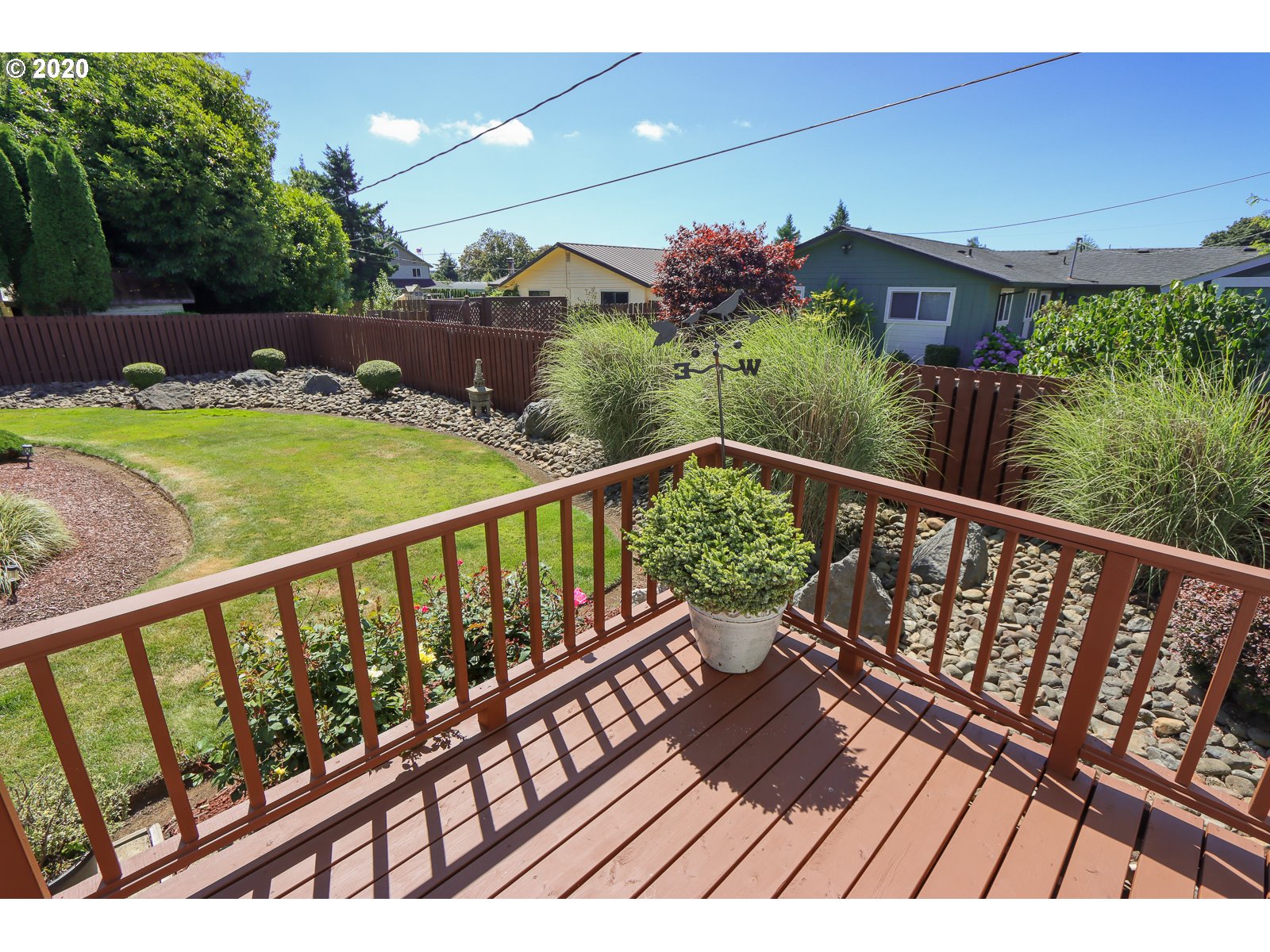Water Operations

Between 1905 and 1999, the city’s water system was overseen by the Tillamook Water Commission. In 1999, the city took over management of the system from the commission. It is now managed by the Public Works Department.
Located south of Tillamook, OR on Highway 101, 11 miles to County Road 871 (Sandlake Road). Turn right on County Road 871 (Sandlake Road) and travel 4 miles to stop sign. Turn left on County Road 871 (Sandlake Road), travel for 1 mile and turn right on Galloway Road. Site is at the end of Galloway Road in the Sandlake Recreation Area. Are you planning on camping in tillamook, Oregon? Before you hit the road, check here for information on parks in tillamook, Oregon that offer WiFi, swimming, cabins and other amenities Good Sam Club Members Save 10% at Good Sam RV Parks. Cape Lookout State Park in Tillamook Oregon is a RV park or campground that offers full hookup amenities at the site. Full hookups including water, electric and sewer service at particular campsites.
- Tillamook Dating Site, Tillamook Personals LuvFree.com is a 100% free online dating and personal ads site. There are a lot of Tillamook singles searching romance, friendship, fun and more dates. Join our Tillamook dating site, view free personal ads of single people and talk with them in chat rooms in a real time.
- W/d hookups laundry in bldg. (Tillamook, Misty River RV on. (mfr South Oregon) hide this posting restore restore this posting. Favorite this post Feb 2.
Tillamook supplies the water to the residents of the city, and sells surplus water to the Port of Tillamook Bay and 11 rural water districts.
The city’s water supply consists of filtered surface water from Killiam and Fawcett Creeks located southeast of the city, and groundwater from two wells located on the east side of the city. A third well is located near the Highway 101 crossing on the Trask River.
Water from the two surface sources is treated and delivered entirely by gravity to all customers.

Historically, surface water has been the primary source of the city’s water. Well water is used during the winter when surface water turbidity exceeds acceptable limits and during the summer, when peak demand exceeds surface supply capacity.
The city takes great care to ensure high-quality water for its citizens. The water quality is tested monthly for bacteria. In addition, any time a water line breaks or is modified, the system is tested again to ensure that no contaminants have entered the system. The city files an annual report of water quality with the state. Please click the link to the right to access all water quality reports.
Tillamook’s Water History
The original diversion of Fawcett Creek began prior to the turn of the 20th century by a private company. In 1895, the City of Tillamook took over the Fawcett Creek supply.
In 1905, the Tillamook Water Commission was chartered. Five years later, diversion of Killam Creek began. Wood stave pipe was used to transport water from each creek intake into town. In the 1920s, diversion dams and 200,000-gallon impoundments were constructed at each intake. The low dam structures divert a portion of the creek flows into the impoundments, which provide settling prior to the water entering the screened concrete intakes.
In order to supplement the flows of Fawcett Creek, Skookum Reservoir was constructed in 1965, three miles upstream of the intake. The 700-acre-foot impoundment has a 37-foot-high earth-fill dam and a concrete spillway. The drainage area to the impoundment is approximately 2.2 square miles or 1,408 acres. Water is collected in the reservoir during the rainy months and released during the summer via a slide gate over the outlet pipe at the bottom of the dam.
In 1994, a 2-million-gallons-per-day package filtration plant was completed that allows the city to treat, disinfect and store the surface water prior to delivering it to town. Treated water is then stored in 3 million gallons of on-site storage. This provides adequate chlorine contact time and reserve capacity.
From the water treatment plant site, water flows by gravity to the city limits through six miles of parallel transmission mains. The original wood stave pipes were replaced with steel between 1937 and 1959. In 1994, a 24-inch iron main was constructed to replace old lines. It extends from the reservoirs to the old chlorination building site located south of town just off South Prairie Road. That site today is the location of a pump station that delivers water to Pleasant Valley.
Starting in the late 1950s, efforts were made to supplement the surface water with groundwater. In 1958, the first well, known now as Well No. 1, was drilled. It is located two miles south of town just northeast of the Highway 101 bridge over the Trask River. A second well was drilled in 1960 on Gienger Road, about 1.5 miles south of town. Both wells have high iron content and are not used for household water.
Beginning in 1980, efforts to develop an alternate groundwater supply began. Drilling focused on the east side of town, where wells of proven quality existed. In 1981, a well was drilled on the southwest corner of the East Elementary School property just east of Maple Street and Williams Avenue. It is now known as Well No. 2. Another well, Well No. 3., was completed at the Junior High School in 1993.

| PAY/VIEW MY UTILITY BILL ONLINEHave a problem with your water?Call Tillamook Water Departmentat 503-842-2343Monday through Friday8 AM to 4 PMWe also have 24 hour emergency service! |

| Billing Rates |
Hookup Now Tillamook Oregon
| Water Quality |
